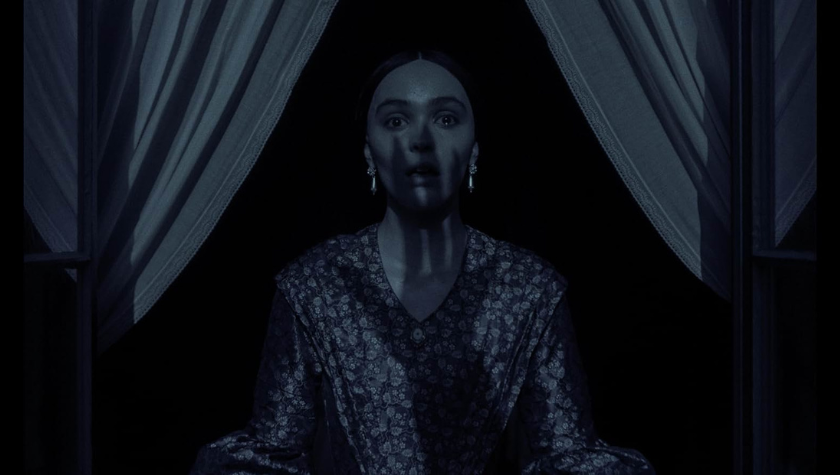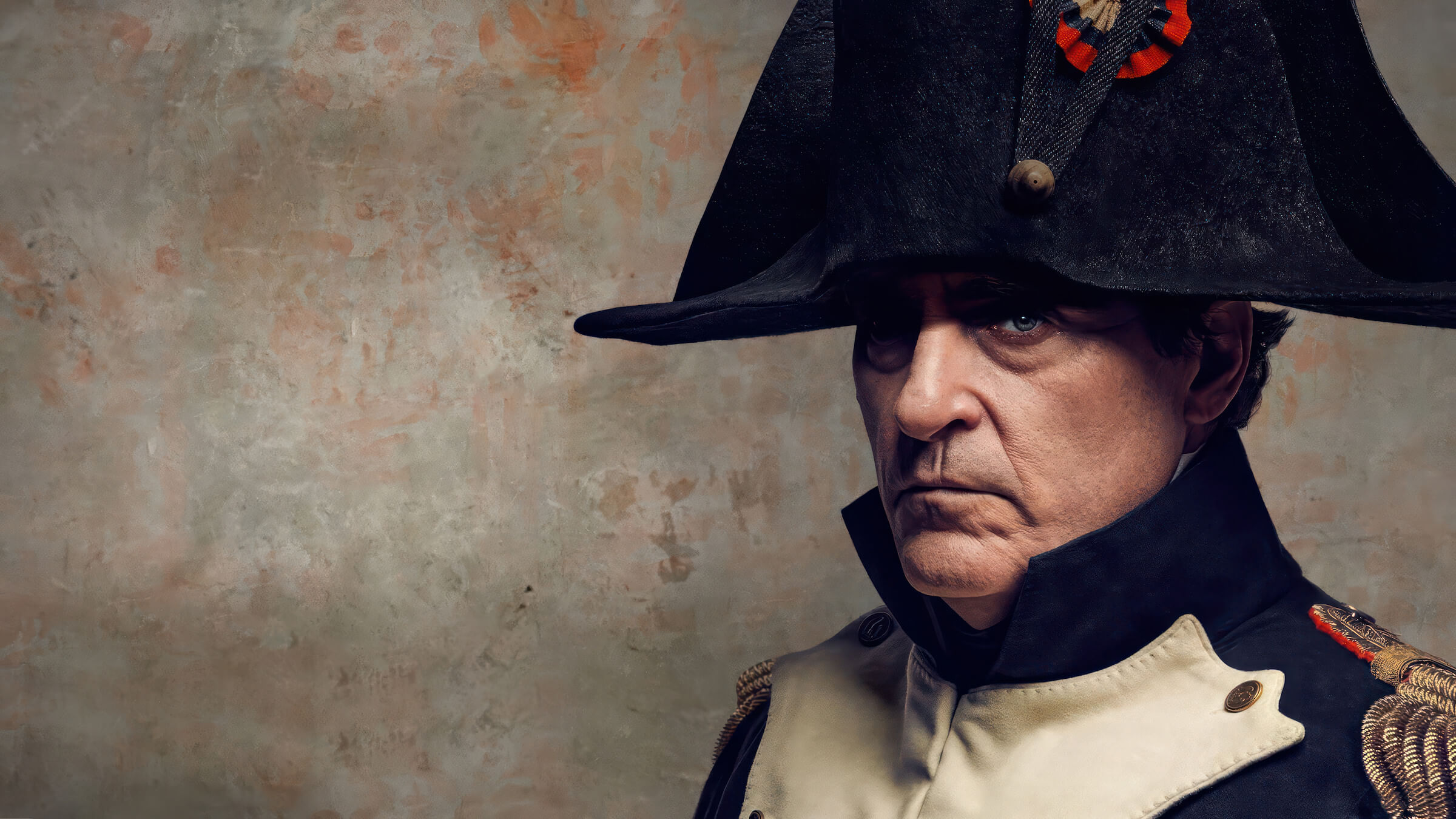A Look at Lincoln and How to Write Historical Figures into Movie Characters
February 10, 2023
In a nod to Abraham Lincoln's birthday on the 12th, we wanted to take a look at how the nation's most written about president has been portrayed in film and what lessons you can take away when writing about a historical figures.
Second to Jesus Christ, Abraham Lincoln is the most written about historical figure with upwards of 15,000 books centered around him. And yet there seems to be few movies about the man considered one of the best presidents the United States ever elected.
How has Lincoln been portrayed? And what can screenwriters learn from how his few stories have been told in cinema?
Let’s take a look at three films:
- Young Mr. Lincoln (1939): Starring Henry Fonda, written by Lamar Trotti and directed by John Ford
- Lincoln (2012): Starring Daniel Day-Lewis, written by Tony Kushner based on Team of Rivals by Doris Kearns Goodwin, and directed by Steven Spielberg
- Abraham Lincoln: Vampire Hunter (2012): Starring Benjamin Walker, written by Seth Grahame-Smith based on his novel, and directed by Timur Bekmambetov
A Snapshot or a Life Span?
When it comes to movies about famous figures, it’s up to the writer to determine the breadth of the life they want to cover. Some films such as Bohemian Rhapsody and Elvis covered their respective subjects over the course of a major portion of their lives. Other films like Lincoln and Selma provide a glimpse into the lives of the famous figures focusing on an event rather than their life.
For Lincoln and Young Mr. Lincoln, the filmmakers focused on a small part of Lincoln’s legacy.
Although Spielberg has mentioned his desire to create a limited TV series based on Team of Rivals, he opted to create the 2.5 hour film (believe it or not, he couldn’t get the funding for the series). Lincoln, therefore, took place in January 1865 during the final battles of the Civil War and the push to ratify the 13thAmendment ending slavery.
Young Mr. Lincoln took a more fictionalized approach as a youthful Lincoln finds himself the defending lawyer in a murder trial. The film hits all the marks on who Lincoln was on a personal level and the people he meets who impact his future, including Stephen Douglas (who was one of the candidates for president in 1860 when Lincoln won) and Mary Todd (who Lincoln married).
Writers creating biopics can show a brief moment in someone’s life that sets in motion their rise or what that person did that made the telling of their story worth having a movie.
Who is Lincoln?
Abraham Lincoln has been written about thousands of times. His mannerisms, demeanor and thoughts are easy to find.
But to cast a famous figure in a movie or TV series is challenging because an actor or actress must convincingly portray someone who everyone has a strong impression of.
What can you take away from the ways Lincoln has been portrayed in films? Consistency is key. Although made over 70 years apart, the way Henry Fonda and Daniel Day-Lewis play the 16th president is surprisingly similar. Lincoln was a soft-spoken man, known for being calm, strong, curious, and a storyteller. He didn’t move with speed and he spent a lot of time lost in thought.
If someone is more recently famous, like Dick Cheney in Vice, it’s critical to maintain that real-life portrayal or risk losing the audience.
But unless you were familiar with Lincoln then it may not really matter for Abraham Lincoln: Vampire Hunterwhen he fights the undead with vitriol and vengeance. Most of the way he acts is not in line with the image of Lincoln. But it passes because it takes this famous figure and puts them in a satirical light.
If you’re writing about someone of note, make watching films already produced about them as part of your research. If the figure is more modern, watch documentaries and interviews to get their tone and mannerisms down.
The Supporting Characters
You are the main character in your own story but if you were to write about your life you would have a whole list of supporting characters who try to help or hurt you on your journey. Friends, family, co-workers and neighbors are all a part of who you are.
When writing about a famous figure, you have to consider their supporting characters and how they impacted their life.
People like Mary Todd/Mary Lincoln (his wife), Willie (his son who passed away during Lincoln’s presidency) or friends and political rivals like Stephen Douglas, Joshua Speed or Will Johnson, make their appearances in the films because they are considered seminal figures in his life.
In Lincoln, Willie isn’t seen but rather it’s shown how his death impacted the family and how Lincoln himself spoke to one of his other sons and wife about it. In Abraham Lincoln: Vampire Hunter, Willie’s death occurs when a vampire sucks his blood and kills him. The death of Willie was real but how these two films portray it differ, one obviously fictionalized.
Same goes with meeting Mary Todd, which was shown in both Young Mr. Lincoln and Abraham Lincoln: Vampire Hunter when Lincoln was a young lawyer in Springfield.
Using Creative License
What words did Abraham Lincoln use when talking with his son before they viewed wounded soldiers? What did he say to his secretary of state to help encourage him to help pass the 13th amendment?
For the most part, there won’t be specific recordings of intimate conversations your historical subject had. Even if there were, the recordings wouldn’t be that interesting in the context of a narrative anyway and would have to be cut down.
Whether it’s situations, actions or dialogue, you have to make the story your own and allow yourself to adapt the these factors to your story, not the other way around.
Obviously Abraham Lincoln: Vampire Hunter takes a lot of liberties when it comes to telling the story of Lincoln’s life. But Young Mr. Lincoln is different in its creative license. It checks a lot of boxes of Lincoln’s early life but the story is relatively fictitious. Even the trial that takes place in the second half of the film (in the year 1837) is loosely based on one that he defended in 1858.
Overall, the spirit of who the person is should never change in the telling of their life, but don’t forget that you’re writing a movie about a part of someone’s life, not creating a documentary.
Why Tell Their Story
When it comes to turning a famous figure’s life into a biopic, it’s important to know why you should tell the story now. What relevance does it have in today’s world?
In some way, Abraham Lincoln: Vampire Hunter tells the story of the president in the context of pop culture. It asks ‘what if Lincoln killed vampires?’ The reason to tell the story is entertainment when Twilight, The Vampire Diaries, The Underworld film series and other vampire-related content was popular.
Lincoln was made in 2012, and if you examine the political climate leading up to the shooting of the movie, you’ll see how Barack Obama took a similar approach in building some of his cabinet the same way Lincoln did — remember, the movie is based on a book titled Team of Rivals and Obama’s team consisted of Hillary Clinton as Secretary of State (who he fought a bitter 2008 campaign against) and Vice President Joe Biden (who was also a rival in the primaries).
Abraham Lincoln was born February 12, 1809.
Written by: Steven Hartman
Steven Hartman is an award-winning, optioned screenwriter. He was a Top 5 Finalist in Big Break’s Historical Category in 2019 and won Best Action/Adventure in Script Summit’s Screenplay Competition in 2021. He holds a Bachelor of Arts degree from Columbia College and had internships at Jerry Bruckheimer Films and Village Roadshow Pictures. Steve is a full-time writer and creative video producer by day and a screenwriter and novelist by night.- Topics:
- Screenwriting & Craft




